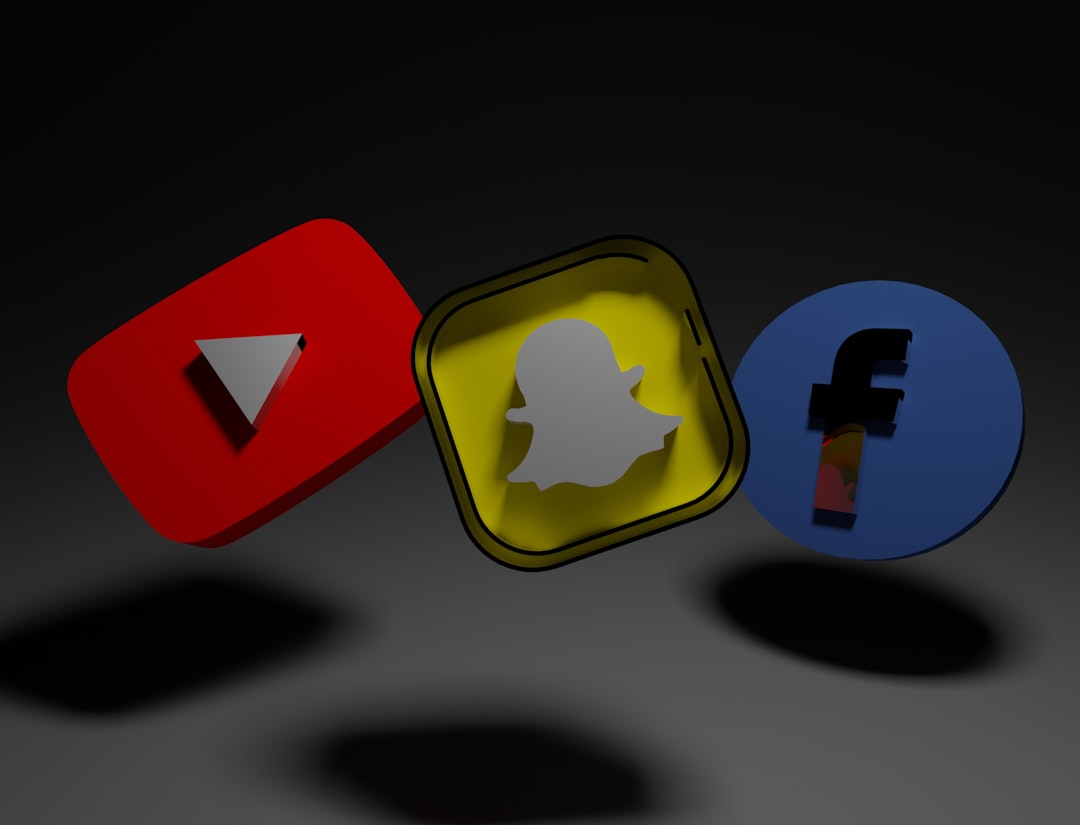When Clubhouse launched in early 2020, it arrived with all the makings of the next big thing in social media. An exclusive, audio-only app that promised real-time conversation, unfiltered dialogue, and high-profile speakers, Clubhouse became the digital equivalent of a velvet-rope cocktail party during a time when much of the world was confined to their homes. Fueled by a mix of FOMO, celebrity endorsements, and pandemic-related isolation, the app experienced a meteoric rise. But just a few years later, Clubhouse has drastically faded from public attention. So, what really happened to Clubhouse, and why did its popularity decline so swiftly?
The Rise: Why Clubhouse Was Initially So Compelling
When Clubhouse debuted, it offered a unique proposition: spontaneous, drop-in audio conversations accessible to people from all walks of life. Unlike podcasts, conversations on Clubhouse were live and ephemeral, creating an enticing “you had to be there” atmosphere. At its height, the app attracted appearances from big names like Elon Musk, Oprah Winfrey, and Mark Zuckerberg, and boasted millions of active users.
Among the major factors that contributed to its early success were:
- Exclusivity: The invite-only model added a sense of prestige and intrigue.
- Timing: Amid a global pandemic, people were looking for new, interactive forms of digital engagement.
- Celebrity engagement: Public figures hosting and participating in chats created buzz and media attention.
- Innovation: Clubhouse reimagined audio content as being not just passive but participatory.
But as fast as Clubhouse climbed the charts, its relevance began to wane even before the world returned to normal.
Reason #1: Increased Competition
Innovation attracts imitation, and Clubhouse was no exception. Once the platform gained critical mass, major tech players swooped in with their own audio offerings. Twitter launched Twitter Spaces, Facebook rolled out Live Audio Rooms, Spotify introduced Greenroom, and Reddit added Reddit Talk.
With these rivals came better integration into existing platforms where users already had established audiences and followers. Rather than building an entirely new network on Clubhouse, creators found it easier to host audio interactions on apps they were already using daily.

This competitive environment essentially commoditized live audio, making Clubhouse less of a unique destination and more of one option among many others, often with fewer features.
Reason #2: The Exclusivity Trap
While initially successful in generating curiosity, Clubhouse’s long-lived invite-only approach ended up being a double-edged sword. For months, new users could only join if invited by someone already on the platform, creating a bottleneck in its growth trajectory.
By the time Clubhouse opened to the wider public in mid-2021, the novelty had worn off and many people had already moved on to other social media formats. The initial excitement had fizzled, and the app had missed a key opportunity window to capitalize on its momentum.
Reason #3: User Retention and Fatigue
Audio-based interaction requires time and attention. Unlike scrolling through a feed or watching quick videos, Clubhouse demands listeners tune in live for extended periods. As people’s schedules became busier post-lockdowns, they no longer had the luxury of spending hours in virtual audio rooms.
The platform also struggled to retain users:
- Many rooms lacked moderation, leading to chaotic or low-quality discussions.
- Persistent trolls and lack of accountability turned away more polite or less confrontational users.
- The absence of strong content discovery features made it hard to find valuable conversations amid the noise.
Moreover, without a playback option, impressive discussions were inaccessible after they occurred—limiting long-term content value.
Reason #4: Monetization Challenges
As the platform matured, creators looked for ways to monetize their contributions. Clubhouse introduced tipping and some monetization features, but these were rudimentary compared to platforms like YouTube, Patreon, or even Twitter, which began offering monetized Spaces and Super Follows.
Without a clear path for revenue, many creators grew disenchanted with investing time and effort into the platform, leading to a drop in both the quality and consistency of content.

Reason #5: Identity Crisis and Pivoting Too Late
Clubhouse built its brand around an invitation-only, elite experience and failed to redefine itself as it scaled. The app found it difficult to transition from a niche space for tech enthusiasts to a mainstream platform for everyday users.
By the time Clubhouse began rolling out new features, such as chat messaging and replays, users had already formed habits elsewhere. The changes felt reactionary rather than inventive. The luster had worn off, and without a strong differentiator, the app could no longer compete.
The Broader Trend: The Return to Asynchronous Communication
While live audio has its perks, it depends heavily on synchronous interaction. Users must be online at the same time to engage in real-time. However, much of modern internet usage leans toward asynchronous consumption—videos, podcasts, and social media posts that can be engaged with at any time.
In this context, Clubhouse’s live-only format felt limiting. People choose content when and how it suits them. The time commitment demanded by live audio began to feel like a chore in a world already saturated with content options.
Clubhouse Today: A Niche Community
Today, Clubhouse still exists. The app has a loyal base of users and continues to roll out updates. It has made some pivots towards private groups and smaller communities, trying to become more like a forum than a global stage. In 2023, Clubhouse laid off a significant portion of its staff and announced a redesign focused on “friendship-based” social audio, signaling a shift in direction.
This attempt at reinvention shows the company’s willingness to adapt, but whether those efforts will lead to a renaissance remains uncertain. The digital landscape has simply moved faster than Clubhouse’s ability to evolve.
Lessons Learned
The story of Clubhouse teaches several vital lessons about technology and consumer behavior:
- First-mover advantage is fleeting: Even the most revolutionary platforms must innovate continuously to maintain relevance.
- Exclusivity can hinder scalability: Limiting access might build buzz initially, but it can stifle long-term growth.
- Content is king: No matter the format, high-quality, discoverable, and accessible content drives retention.
- Timing matters: Clubhouse captured a very specific cultural moment, but struggled to remain relevant outside of that context.
Conclusion
Clubhouse’s journey from Silicon Valley darling to a cautionary tale is a telling example of just how volatile the tech and social media world can be. It had the ingredients of a game-changer but failed to adapt fast enough to an evolving digital environment crowded by agile competitors and shifting user expectations.
While its current iteration continues to serve a niche audience, the hype is long gone. Whether Clubhouse can successfully reinvent itself remains to be seen, but its rise and fall are set to become a classic case study in the annals of digital innovation.











